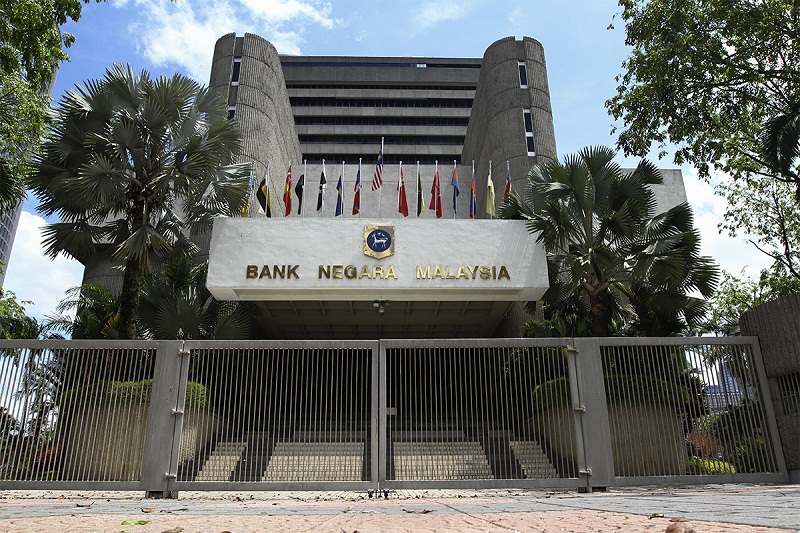LONDON, Oct 16 — Mexico, Indonesia and Malaysia saw some of the sharpest falls in central bank reserves over the past quarter as investor flight from emerging markets forced policymakers to defend their currencies.
The issue has drawn particular attention after Chinese reserves, the world’s biggest, fell by a record US$180 billion (RM739.809 billion) in the third quarter due to interventions to support the yuan after a mid-August devaluation.
But smaller emerging economies too are suffering steady reserve losses.
Investors withdrew a record US$40 billion from emerging stocks and bonds in the third quarter, the Institute of International Finance said. Equities fell almost 20 per cent and dollar bond yield spreads rose almost 100 basis points over US Treasuries.
Amid the turmoil, most countries tried to support their currencies, which hit record or multi-month lows against the dollar.
Mexican and Malaysian reserves fell by over US$12 billion between July and end-September, while Indonesia and South Korea lost US$6.3 billion and US$6.9 billion respectively, though some losses were down to euro-dollar exchange rate effects.
Malaysian reserves are down by US$22.7 billion or almost a fifth this year, and Indonesia has lost US$10 billion or 9 per cent.
“You are seeing net FX reserves depletion even when you strip out valuation effects,” said UBS strategist Manik Narain, adding that pressure in the past three months had been the most acute since 2009, taking reserves to mid-2013 levels.
Nigeria has lost more than 12 per cent of its reserves despite imposing capital curbs.
Some countries have been selling overseas securities, with Saudi Arabia last week reporting that the central bank’s net foreign assets had fallen US$6.6 billion in August to US$655 billion, off last year’s US$737 billion record high.
“With oil prices levelling off a bit, the drag on reserves for the likes of Malaysia and Saudi has reduced somewhat but overall risks are still skewed to the downside,” Narain added.
What’s more, headline reserve data in some countries may also be misleading. Brazilian reserves are stable at around US$370 billion, as the central bank does not tend to sell dollars directly, but it has a “forwards book” deficit amounting to US$108 billion, central bank data shows.
Taking into account this short-dollar position, reserves are much lower than they appear.
Reserves can be massaged in other ways. Turkey’s headline figure is a healthy US$117 billion but this includes commercial banks’ hard currency reserve deposits at the central bank. Actual reserves are reckoned by analysts to be less than US$50 billion.
Reserves are still rising in some countries. Hong Kong authorities have been selling the local currency in the face of relentless upward pressure on its dollar peg and its reserves rose US$4.3 billion over the quarter and 5 per cent since December.
Russia posted a quarterly rise of US$12 billion in headline reserves although they are down 5 per cent over the year.
Indian reserves were flat over the quarter but have risen almost 10 per cent this year. — Reuters






















